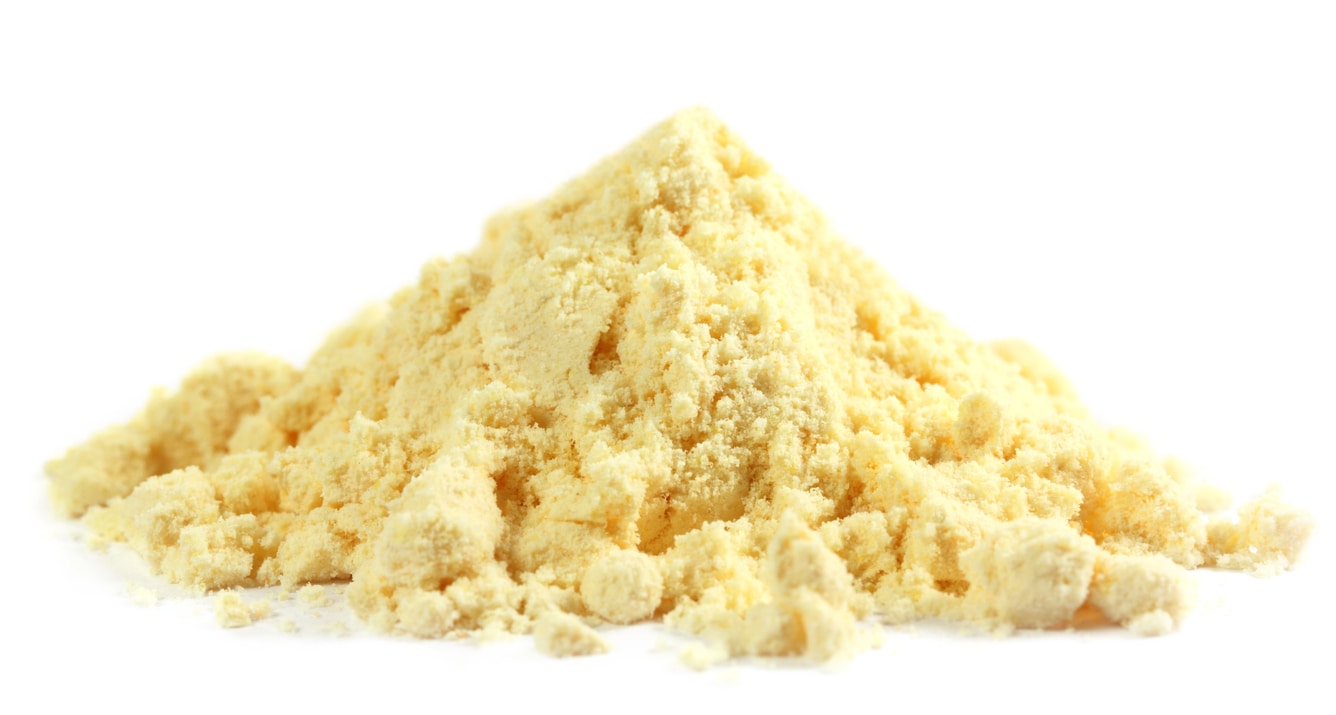Meal-what-now-flour…
No, it is not a tale from a survival manual. This new food is an example of how society and technology adapt to the needs of the population and to the planets' needs.It is now possible to buy mealworm flour in the European Union and cook tasty meals with it.
Mealworms are the larval form of the Tenebrio molitor beetle, also known as mealworm beetle, which is a very peculiar insect. These larvae, native to the Mediterranean, were considered a pest for ages since they feed on cereals like wheat.
However, due to their high nutritional value, mealworms have been used as animal feed, not only for reptiles, fishes and domestic birds, but also for livestock and aquaculture farming. People living in South-East Asian countries have been consuming these insects for hundreds of years and it is normal to find them in markets or sold as street food.

Did you know that 80% of the world population already includes insects in their daily diets?
Where some see a pest, others see delicious food. It is a centuries-old food in Asia, it has been snubbed in the Western world.
Now, after extensive research, the use of mealworm flour for human consumption has been approved by the European Food Safety Authority that has declared it safe and… healthy.

The mealworms are dehydrated and then crushed into a fine yellow flour that resembles maize or gram flour.
Those who’ve tried mealworms say that, when dehydrated, the flavour resembles nuts – somewhere in between almonds and macadamia nuts. As to mealworm flour, it has an earthy aroma and tastes somewhat like mushrooms.
Healthy and environmentally friendly: delicious
Mealworm flour is rich in essential amino acids, unsaturated fatty acids, and is more than 50% protein by weight – for comparison, twice as much protein as the same portion of beef.
But this flour is not popular just because of its nutritional characteristics. In fact, mealworm flour can have a very important role in the preservation of the environment and the planet’s ecosystems.
These mealworms are so special that they can even degrade polystyrene – a type of plastic – to organic matter.
The production of mealworms requires very little space, feed, and water. Typically, mealworms are grown in vertical structures and in layers, an ideal set up for situations and places where very little space is available.
The waste that results from the production of mealworms and mealworm flour are minimal. These larvae feed off of organic matter and its excrements are an excellent natural fertiliser. Besides, the production is extremely quick, since Tenebrio molitor larvae develop in a very short period, in one to two months.
The production of mealworms and mealworm flour represents a gigantic reduction – a hundred times less than in the case of livestock for meat production – in greenhouse gases emissions. So much so, that the EU 2020-2030 action plan for healthy food systems identifies insects as a source of protein with low environmental impact and with the potential of helping food production in Europe become more sustainable.
Novel Food: a new era for the food industry
Mealworm flour is part of a new category of food called “novel food”. This name comes from the fact that this food is relatively new, meaning it hasn’t been significantly consumed in the EU before May 15th 1997. This was the date when the first Regulation on novel food came into force. Novel foods, like mealworm flour, are subjected to strict requisites, like being safe for consumption, having appropriate labelling, or having similar or better nutritional profiles than the rest of the food normally consumed in the EU.
Examples of novel food include new sources of vitamin K (obtained through the fermentation of bacteria present in cheese and other foods), extracts of other foods (phospholipids from Antarctic Krill oil), agricultural produce from non-EU countries (chia seeds) or food created through new production processes (for instance, milk, bread, mushrooms and yeast that are treated with UV radiation).
Despite the proven benefits of using insects as food, there is still a great deal of resistance to the idea. We understand. It can raise some eyebrows, but that is maybe because it is something relatively new in Europe.
It is time to leave prejudices behind: our eating habits can really change the world.
